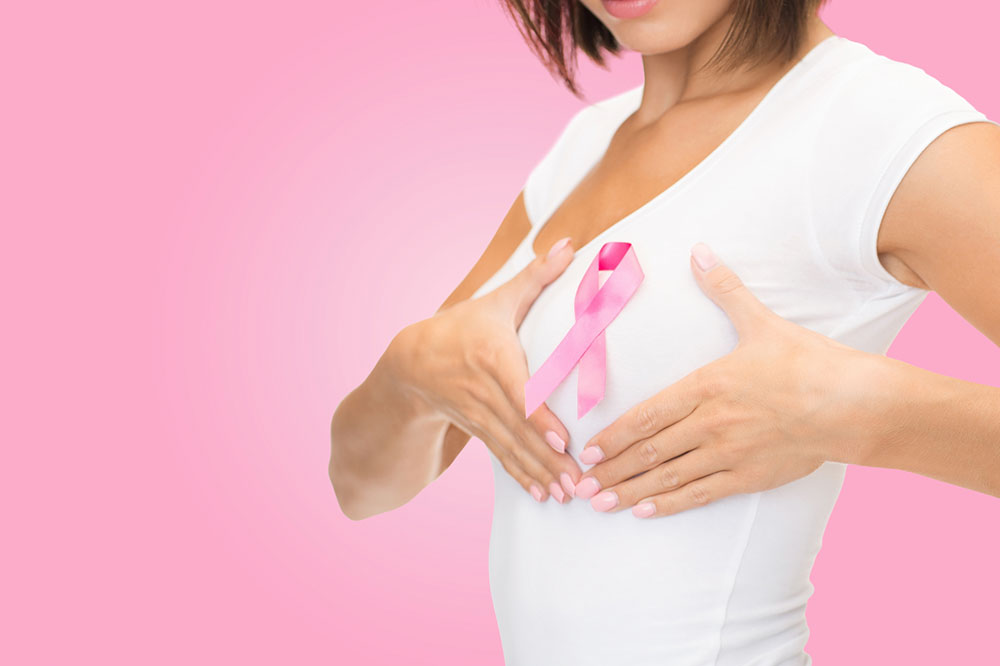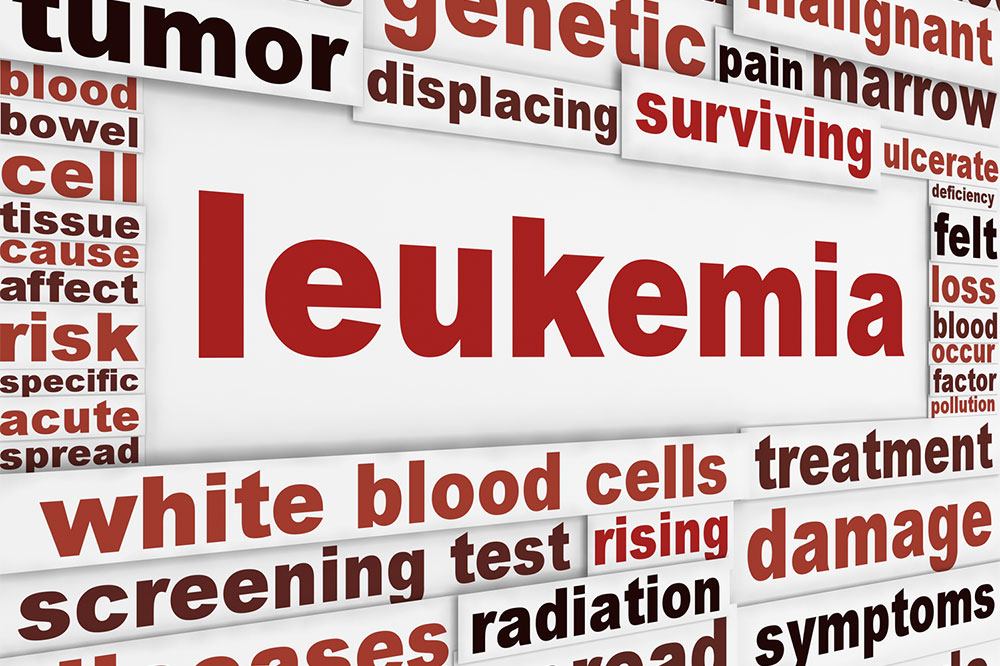In-Depth Strategies for Early Detection and Effective Management of Breast Cancer
This comprehensive article explores the various methods for early detection and management of breast cancer. It covers symptoms, risk factors, treatment options, and lifestyle recommendations to help patients and healthcare providers improve outcomes. Emphasizing the importance of screening, genetic testing, and personalized treatment strategies, it aims to raise awareness and promote proactive health management for those at risk or diagnosed with breast cancer.

Comprehensive Approaches to Detecting and Treating Breast Cancer Successfully
Breast cancer begins in the cells of the breast tissue and can originate in various parts of the breast, including the lobules that produce milk, the ducts that carry milk toward the nipple, or within the fatty tissue that surrounds these structures. It is characterized by the uncontrolled growth of abnormal cells that have the potential to invade nearby tissues and metastatic sites. The spread of cancer cells often occurs via the lymphatic system, particularly through lymph nodes situated under the arms. Globally, breast cancer remains one of the most prevalent and concerning types of cancer, predominantly affecting women, although men can also develop it.
Recognizing the Symptoms of Breast Cancer
Identifying breast cancer in its early stages is crucial, yet often challenging since initial symptoms may be absent. Regular screening and awareness are vital components of early detection. When symptoms do manifest, they can include a variety of signs such as:
A distinct lump or mass that can be felt within the breast or underarm area
Changes in the size, shape, or contour of the breast
Alterations in skin color or texture, such as redness or dimpling
Pain or tenderness in the breast tissue that persists over time
Inverted nipple, where the nipple turns inward instead of protruding
Peeling, flaking, or crusting skin around or on the nipple and areola
Swelling of the breast or surrounding tissues
Unusual nipple discharge, especially if bloody or sticky
Skin irritation or rashes that do not heal
Persistent fatigue that disrupts daily activities
Sudden or unexplained weight fluctuations
Digestive issues or changes in bowel habits
Respiratory difficulties or shortness of breath
Hot flashes, night sweats, or other menopausal-like symptoms
While not all lumps indicate cancer, any persistent or unusual breast changes warrant immediate consultation with a healthcare professional for proper evaluation and diagnosis.
Understanding the Risk Factors Contributing to Breast Cancer
Breast cancer development involves complex interactions among genetic, hormonal, environmental, and lifestyle factors. It results from abnormal cell proliferation driven by genetic mutations, hormonal imbalances, and external exposures. Recognizing these factors can help individuals assess their risk and adopt preventive measures. Hereditary predisposition plays a significant role; mutations in genes like BRCA1 and BRCA2 are common hereditary markers passed down through families, increasing the likelihood of developing breast cancer. Genetic testing can offer valuable insights for those with a family history of such cancers.
Factors that Elevate the Risk of Breast Cancer Include:
Gender: Women are significantly more at risk compared to men due to hormonal differences and breast tissue density.
Age: The risk increases with age, with most cases diagnosed after 40. Regular screening becomes increasingly important with advancing age.
Personal Medical History: Previous benign breast conditions or prior breast cancer increase susceptibility.
Radiation Exposure: Exposure to radiation during childhood or early adulthood, especially through medical treatments, can heighten risk.
Body Weight and Composition: Overweight and obesity are linked to elevated estrogen levels and increased risk.
Menstrual and Reproductive History: Early menarche (before age 12), late menopause, first childbirth after age 30, or nulliparity (never having given birth) can influence risk levels.
Hormonal Therapies and Lifestyle Habits: Use of hormone replacement therapy (HRT), excessive alcohol consumption, and smoking are associated with increased risk.
Other Health Conditions: Chronic illnesses such as autoimmune diseases or inflammatory bowel conditions like ulcerative colitis may contribute.
Understanding these factors equips individuals to undertake personalized risk assessments and implement lifestyle changes or screening strategies to lower their chance of developing this disease.
Current Treatment Modalities for Breast Cancer The management of breast cancer depends heavily on the stage, size, location, and spread of the tumor at diagnosis. Advances in medical technology and surgical techniques have expanded treatment options, offering personalized approaches that improve outcomes and quality of life. The main treatment modalities include surgical procedures, radiation therapy, chemotherapy, hormone therapy, targeted drug therapies, and supportive natural or complementary treatments.
Surgical Interventions Surgical removal remains a fundamental component of breast cancer management. The type of surgery is determined by tumor size, location, stage, and patient preference, including options such as:
Lumpectomy (Breast-Conserving Surgery): Involves removing the tumor along with a margin of healthy tissue, preserving most of the breast tissue. Suitable for early-stage cancers.
Mastectomy: Complete removal of one or both breasts, often recommended for larger or more aggressive tumors or when breast conservation isn't possible.
Sentinel Lymph Node Biopsy (SLNB): Removing a few select lymph nodes near the tumor to check for spread.
Axillary Lymphadenectomy: Removal of additional lymph nodes in the armpit area if sentinel nodes are involved.
Preventive Mastectomy: Also known as prophylactic mastectomy, performed in high-risk individuals to reduce future cancer risk.
Radiation Therapy Employs high-energy radiation beams to target residual cancer cells after surgery or to shrink tumors pre-surgery. External beam radiation is most common, but internal radiation, called brachytherapy, involves placing radioactive sources near or within the tumor site, delivering localized treatment.
Chemotherapy Uses potent drugs to eliminate cancer cells throughout the body. It can be administered before surgery (neoadjuvant), to shrink tumors, or after surgery (adjuvant) to eliminate remaining cancer cells. Sometimes, chemotherapy is the primary treatment for more advanced stages.
Hormone Therapy Specifically targets hormone receptor-positive breast cancers by curbing hormone production or blocking hormone effects. Common agents include tamoxifen and aromatase inhibitors, which disrupt estrogen or progesterone activity.
Targeted Biological Agents Such as trastuzumab (Herceptin), inhibit specific proteins on cancer cells like HER2, slowing growth and spread. Such therapies are tailored based on tumor biology.
Complementary and Natural Therapies While not primary treatments, these can help manage side effects and enhance overall well-being. Always consult healthcare providers before integrating them into treatment plans. Examples include:
Massage Therapy: Reduces pain, alleviates stress, and promotes relaxation.
Mind-Body Techniques: Practices such as Tai Chi, Qigong, and meditation aid in stress reduction and improve mood.
Biofeedback: Empowers patients to control physiological functions, reducing anxiety and pain.
Nutritional Support: Emphasizes a balanced diet rich in fruits, vegetables, lean proteins, and supplements like antioxidants and herbal remedies that may support recovery.
Holistic Approaches: Aromatherapy, art therapy, music therapy, and other techniques promote emotional resilience and mental health during treatment.
Dietary and Lifestyle Recommendations for Breast Cancer Patients Proper nutrition plays a role in supporting immune function, enhancing recovery, and possibly reducing recurrence risks. While no specific diet cures breast cancer, adopting healthy eating habits can significantly impact overall health. Consult your healthcare team before implementing dietary changes. Recommended dietary practices include:
Hydration: Drinking 2-3 liters of water daily maintains hydration and supports detoxification processes.
Protein Intake: Consuming adequate lean meats, seafood, eggs, beans, nuts, soy products, dairy, and whole grains helps repair tissues and maintain strength.
Whole Grains: Foods like brown rice, oats, barley, and Millet help maintain hormonal balance and provide sustained energy.
Antioxidant-Rich Fruits: Berries, citrus fruits, cherries, and peaches bolster immune defenses.
Vegetables: Cruciferous vegetables such as broccoli, kale, Brussels sprouts, and cabbage support detoxification pathways.
Omega-3 Fatty Acids: Found in fatty fish like salmon, walnuts, flaxseeds, and chia seeds, these have anti-inflammatory properties.
Spices: Incorporate garlic and turmeric into meals for their potential cancer-inhibiting effects.
Early detection of breast cancer through screening, awareness of symptoms, and timely intervention are the keys to improving prognosis. If you notice any signs or possess risk factors, promptly consult your healthcare provider to initiate appropriate diagnostic and therapeutic steps, ultimately enhancing treatment success and long-term health outcomes.





